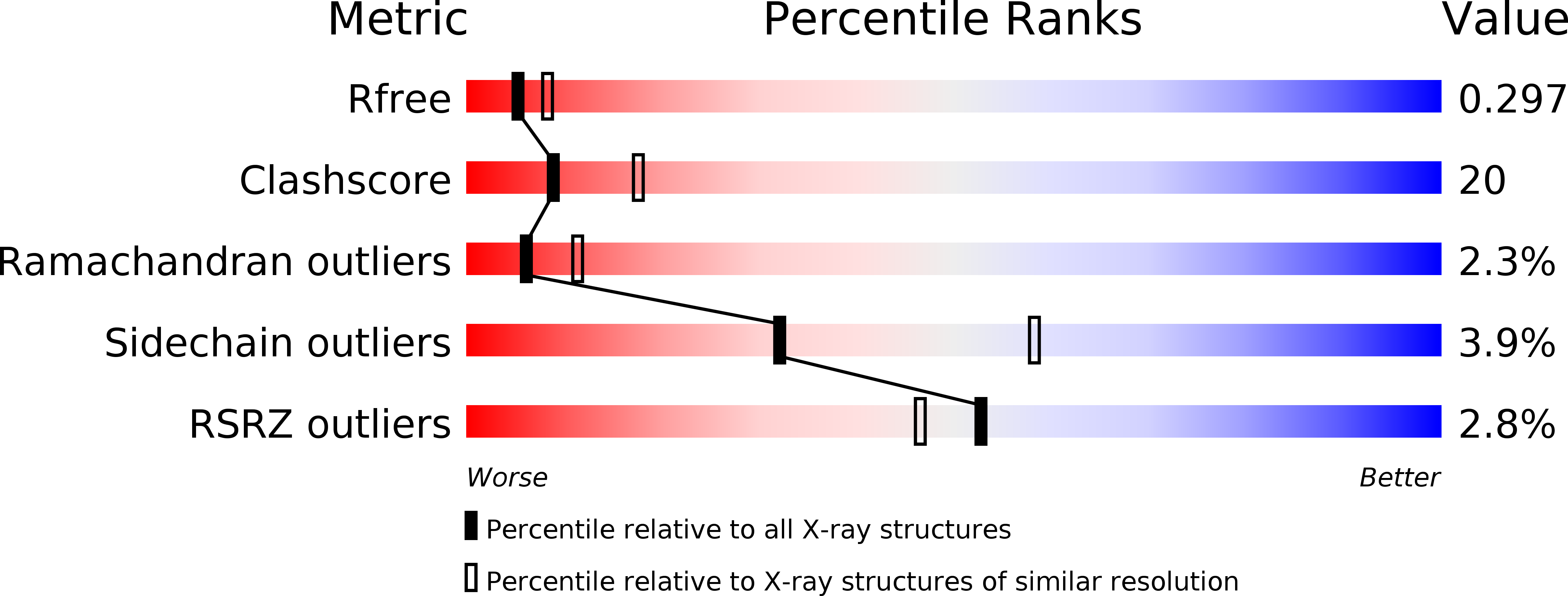
Deposition Date
2011-01-21
Release Date
2011-07-27
Last Version Date
2024-10-30
Entry Detail
PDB ID:
3QFB
Keywords:
Title:
Crystal structure of the human thioredoxin reductase-thioredoxin complex
Biological Source:
Source Organism:
Homo sapiens (Taxon ID: 9606)
Host Organism:
Method Details:
Experimental Method:
Resolution:
2.60 Å
R-Value Free:
0.29
R-Value Work:
0.23
R-Value Observed:
0.23
Space Group:
P 1 21 1


